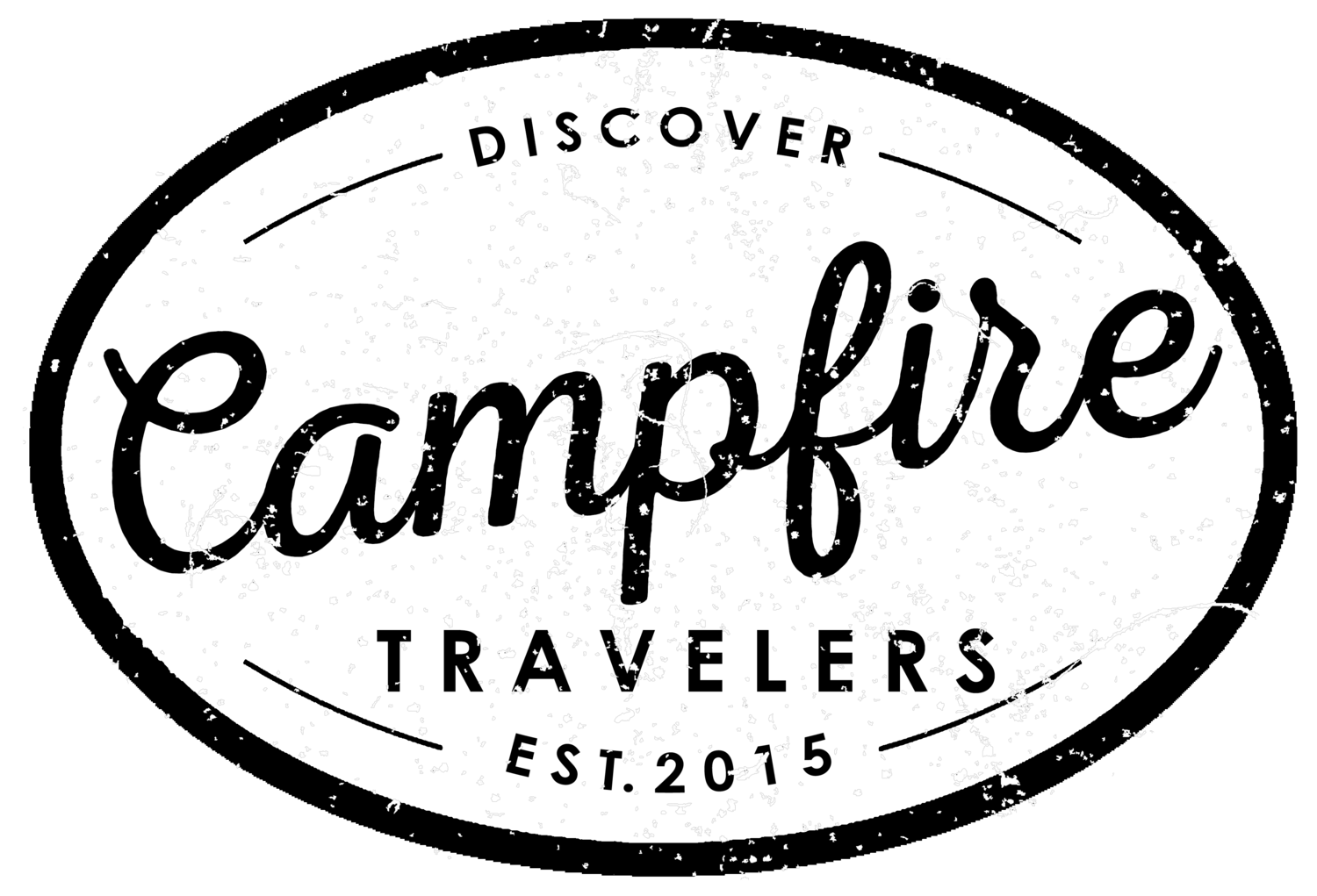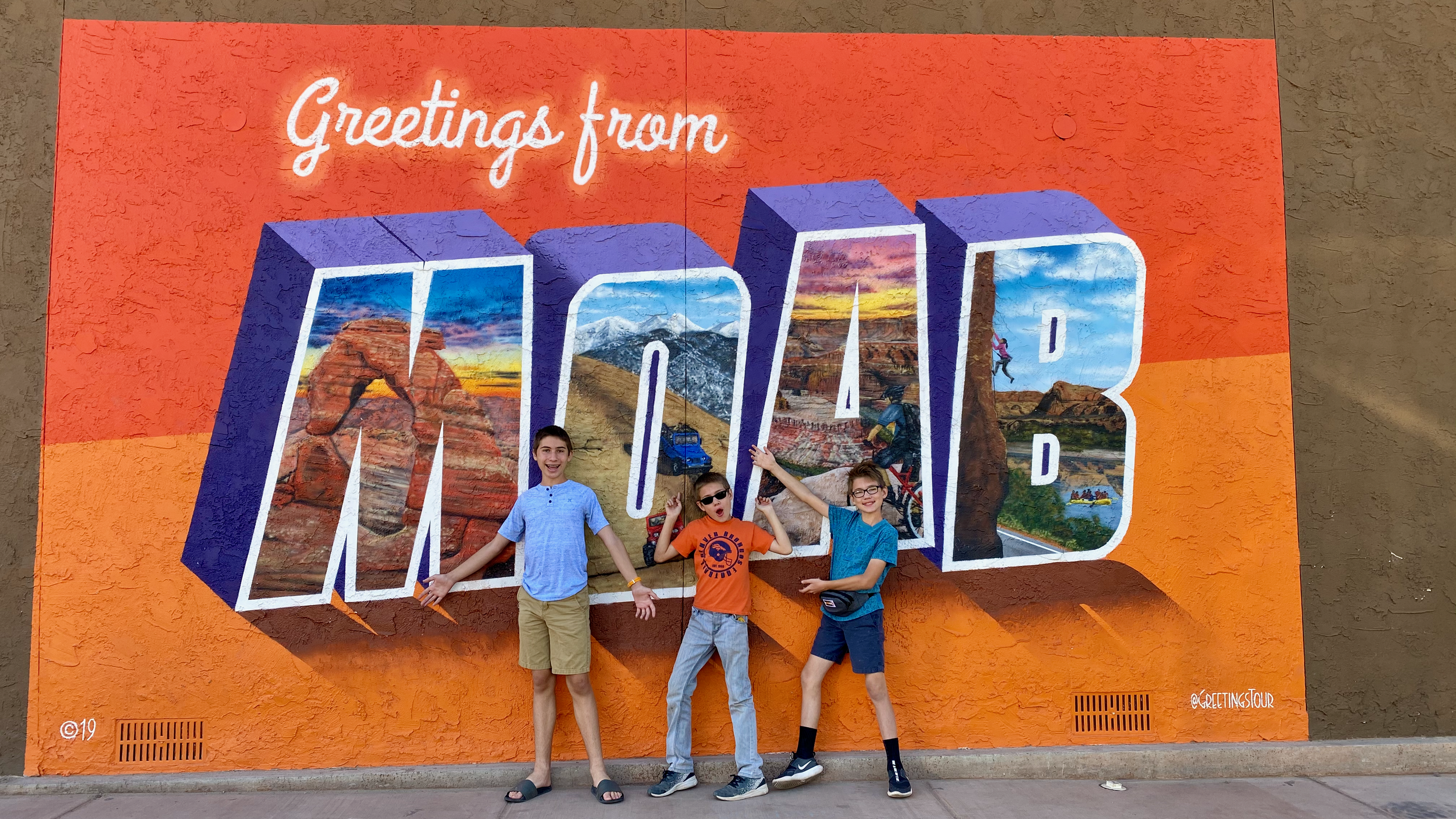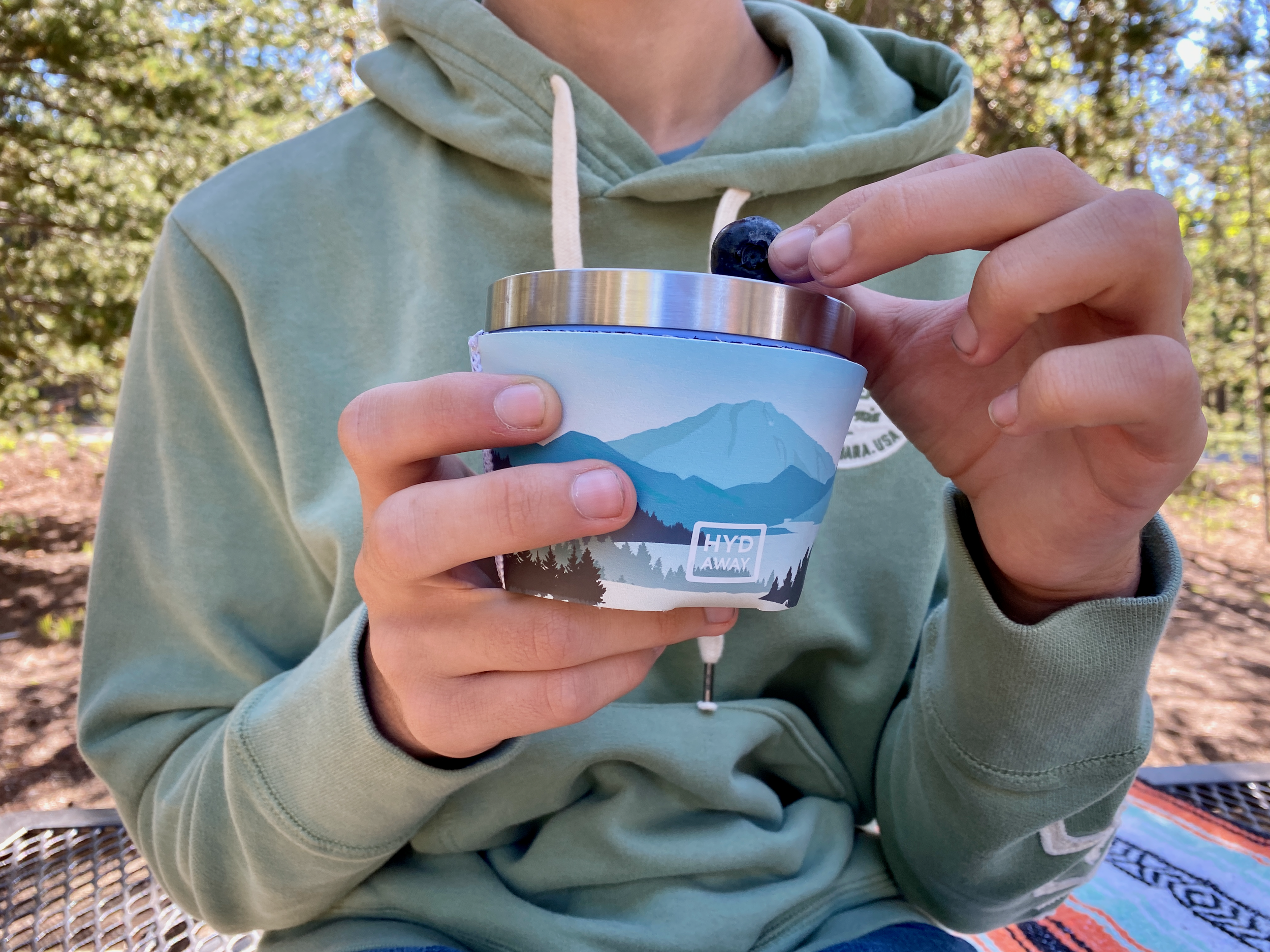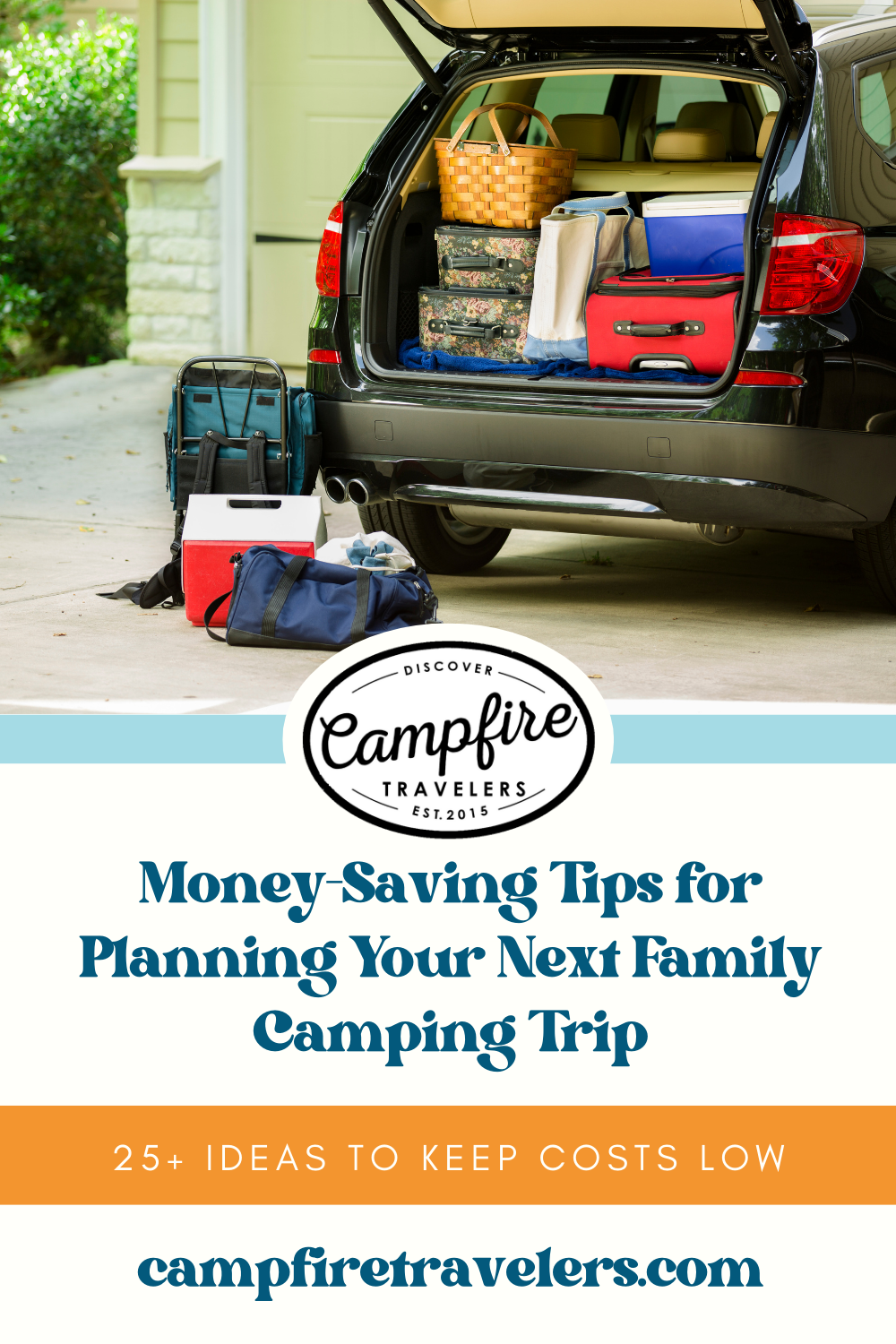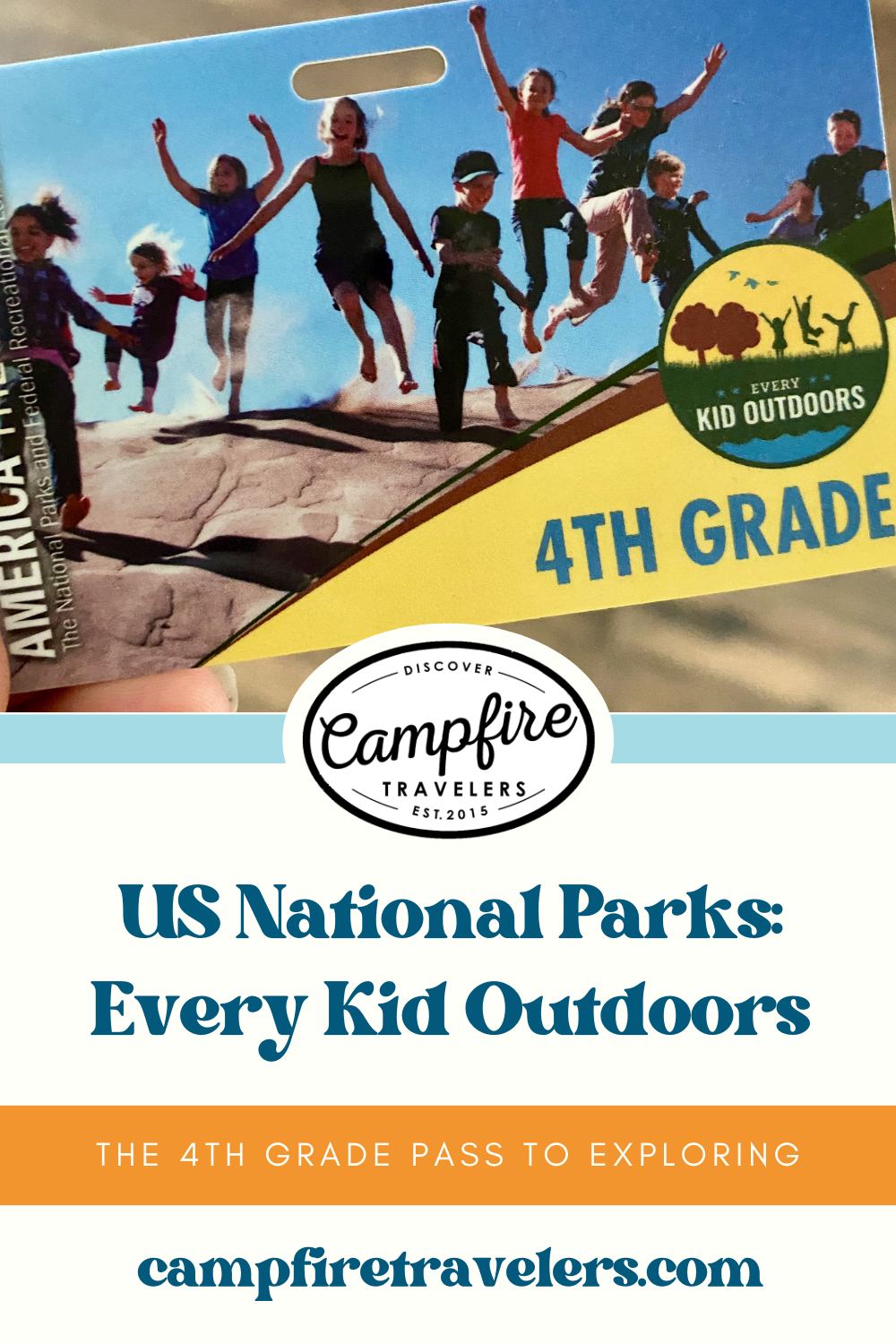How To Plan a Family RV Vacation On a Budget
Planning a family vacation can be exciting, but it can also be daunting when trying to stick to a budget. The good news is that a family RV vacation is a great way to save money while still having a fun and memorable trip. With a little bit of forethought and some smart budgeting strategies, you can hit the road and make lasting memories without breaking the bank. In this guide, we'll show you how we plan a budget-friendly RV vacation that the whole family loves. From finding the right destination to planning an itinerary, we've got you covered.
One of the many reasons we RV is because we think it is the best way to take a family on vacation without spending a ton of money. Ironically, our kids look back on some of our cheapest camping trips as their favorites, because we spent more time together, doing less of the busy things that most families think they need to do!
Most important to all of this is to set a budget and stick to it. Determine how much you can afford to spend on your vacation and make a budget accordingly. This will help you to avoid overspending and to stay on track.
How Our Schedule Determines Our Budget
As crazy as it sounds I give all the credit for our cost efficiency to our routines. With over 15 years of camping together as a family, we have a routine for our camping days that runs smoothly for us and allows us to budget better. We started with babies and toddlers, but now we have teenagers and it still works. Stick with me on this!
Our schedule runs like this:
6:30 am - parents wake up, get ready, make coffee and start breakfast
7:00 am - kids wake up and get ready (this was much earlier when our kids were little)
7:15 am - eat breakfast - usually oatmeal or yogurt parfait for easy clean up
7:30 am - out the door and headed to our destination, usually the place that is the busiest first
8:00 am - 10:00 am - exploring the main areas (see itinerary planning below)
10:00 am - 12:00 pm - hiking the main areas
Noon - picnic lunch brought with us or somewhere local to eat (never fast food or a chain restaurant)
1:00 pm - 3:00 pm - scenic drive and picture taking (this was naptime when the kids were little) or another hike in a secondary area
3:30 - back at the campground for kid-focused fun - ex. swimming pool, playground, mini golf, riding bikes, fly kites, etc.
5:30 - dinner and dishes
6:30 - bath/showers start for the kids
7:30 - walk around the campground, campfire, dessert, and chatting/stories
9:00 - kid’s bedtime (this was much earlier when our kids were little) - time for parents to decompress and visit around the campfire.
10:30 - parent’s bedtime
Now, the reason why this schedule allows us to create a budget-friendly trip is because there is less wasted time trying to entertain the kids with expensive extras like water parks, museums, and other adventure add-ons. When booking our vacations we spend a little extra money on a “fun” campground as a splurge for the kids. They’re rewarded with an afternoon of fun every day when they have behaved well during the morning while sightseeing. Our kids have always known the afternoons are for them and the mornings are for all of us. This means we’ve typically had well-behaved kids without afternoon meltdowns. Bonus - campgrounds are dead in the afternoon because everyone is still out, so you have more access to the activities with minimal crowds.
To break it out, we spend about seven hours exploring the area we came to visit, which is more than plenty of time, but we break it into shorter segments that make sense. Therefore, we aren’t paying for multiple unnecessary activities or wandering aimlessly spending extra money on shopping or mid-afternoon meals.
I know some of you are saying this schedule would never work for your late-sleepers or hard-to-wake kids. That’s okay! Adjust it for your family! This could mean you have an early lunch at 11:00 am and you’re headed out the door before noon. Then you can hike right away since everyone has energy from lunch and spend your late afternoon sightseeing as everyone is leaving the tourist areas for dinner. As you go along re-fuel with a few snacks so you can head out for a late dinner. After dinner, it’s the perfect time for stargazing! Head back to the RV and enjoy a few smores before bedtime.
How We Decide on a Destination
Our destinations are typically centered around a national park, national monument, or outdoor area. We live in the American West, so it’s not hard for us to find a spot like that. But in most of the country, I would say this is fairly easy to do as well if you’re willing to think outside the box.
We will talk more about planning our itinerary next but for now, the big picture is to find an area where you can do a variety of activities. If your family does not like to hike but loves to fish, then search for new lakes and rivers. If you kayak or have a SUP, look for popular destinations like reservoirs. Maybe you want to bike ride more? Find destinations that have amazing trails - if you don’t already use Rails to Trails it is a fantastic resource. If you love to take your OHV to the mountains then you have plenty of options in many parts of the country.
Perhaps you have a destination in mind, but can’t swing the prices - see how far away you can stay to make it worth it. For example, if you’re driving over an hour each way just to save $10 a night on camping, then it’s probably not worth it. But if the next town over has cheaper gas, groceries, and campgrounds, then it’s probably worth it. The Smokies are a great example of this - staying in Gatlinburg or Pigeon Forge is going to cost you a pretty penny for everything. But there are plenty of smaller towns in the area that are more affordable and still a close drive to the action.
For now, our family avoids destinations where we cannot easily find abundant outdoor activities. We especially avoid areas where there are lots of shopping and tourist trap activities so it’s easier not to get caught up in the moment. I know that if I were to go to Key West I would be spending every dollar possible on tours, souvenirs, food, and whatever else I could get my hands on. Therefore, we’re staying as far away as we can, for now. However, in an area like Branson, we have visited but found it is fairly easy to entertain ourselves outdoors instead of heading to the theme park, shows, and shopping.
How We Plan Our Budget-Friendly Itinerary
Our plans begin with the big picture and then we break it down. For example, we decide to go to Zion National Park for three days. This means we break the park down into three areas and visit each of those separate areas on each of the three mornings. We get there before the crowds so we can sightsee, hike, have lunch, and hike again. Then we head back to our campground so the kids can swim and ride their bikes. We start our bedtime routine a little earlier than some, but that allows us to be well-rested and up again early for tomorrow.
This example can be done nearly anywhere by time blocking and sticking to outdoor activities that don’t require multiple fees. In our example, the only cost is entry to Zion. We have an NPS Pass so we don’t have a daily entrance fee. And I’ve already decided on our itinerary ahead of time using information from different blogs/podcasts and hiking suggestions on AllTrails so we don’t waste time or get stuck doing something else that costs.
I always have a goal to see if we can spend 75% of our time for $0. I spend the majority of my planning time looking for free or low-cost activities. When our kids were little we would always search out a great local playground, they loved the variety and we loved having them get out a little energy. Our family also loves scenic drives and there are so many apps these days that narrate your drive so you can learn more about the area you’re in.
The bottom line is to find what your family loves and stick with it - it doesn’t have to be just one thing.
How We Eat to Avoid Overspending
Meals are an easy place to overspend when traveling. Our family LOVES food so we have to do our best to stick to our budget. Here’s how we do it:
Instead of eating out every meal we eat out once every other day and usually at mid-day when it’s typically cheaper. This allows us to try local foods without going through our budget.
We also like to try new local foods by snacking! You’d be surprised by how differently people snack in different areas. By trying a new snack or two we can experience different foods for much cheaper than a meal out at a restaurant. We always find options in local grocery stores or convenience stores or even better, at a farmer’s market. We thoroughly enjoy visiting farmer’s markets when traveling.
Buy a favorite local meal from the grocery store and make it yourself in your RV.
Meal plan! I plan meals as follows: Quick and easy breakfasts. Picnic lunch in a cooler bag (every other day). Bigger homemade dinners because I have time in the evenings while the kids play or swim.
Shop at home and bring as many of your ingredients with you as possible. This prevents you from having to buy a $7 loaf of bread at the campground general store.
Counter-intuitive to number 5 - shop at your destination IF your destination has a store like Aldi or Trader Joe’s or HEB! We have TJ’s, but not Aldi. So if our destination has an Aldi, I bring enough food to get us through our travel days and then buy everything there. My meal plan looks a little more general on these trips, but I always make it work. If you don’t have a TJ’s at home and you shop at one at your destination, then you are in for an even bigger treat!
Homemade snacks - I know this is a huge time drain when you’re already busy, but if you can plan out snacks ahead of time you’ll have fewer gas station runs in the future. I like to make and freeze cookies and brownies well ahead of time for our drive days. About a week out I make trail mix and Chex mix. And two days ahead of time I made Rice Krispie treats plus I wash and cut up a LOT of fruit. All of these add up to plenty of snacks on your drive and at camp and less unnecessary spending.
A family RV vacation can be a great way to save money and make lasting memories. With the right planning and budgeting strategies, you can find the perfect destination, create an itinerary that everyone will love, and have a vacation that the whole family will remember for years to come. Whether it's hiking in a national park, visiting a historical site, or just spending quality time together, an RV vacation is a great way to make memories that will last a lifetime. So, pack up the RV, hit the road, and make lasting memories with your loved ones without breaking the bank.
Explore more posts for a Budget RV Vacation -
SAVE this for later!
SHARE with a friend!
